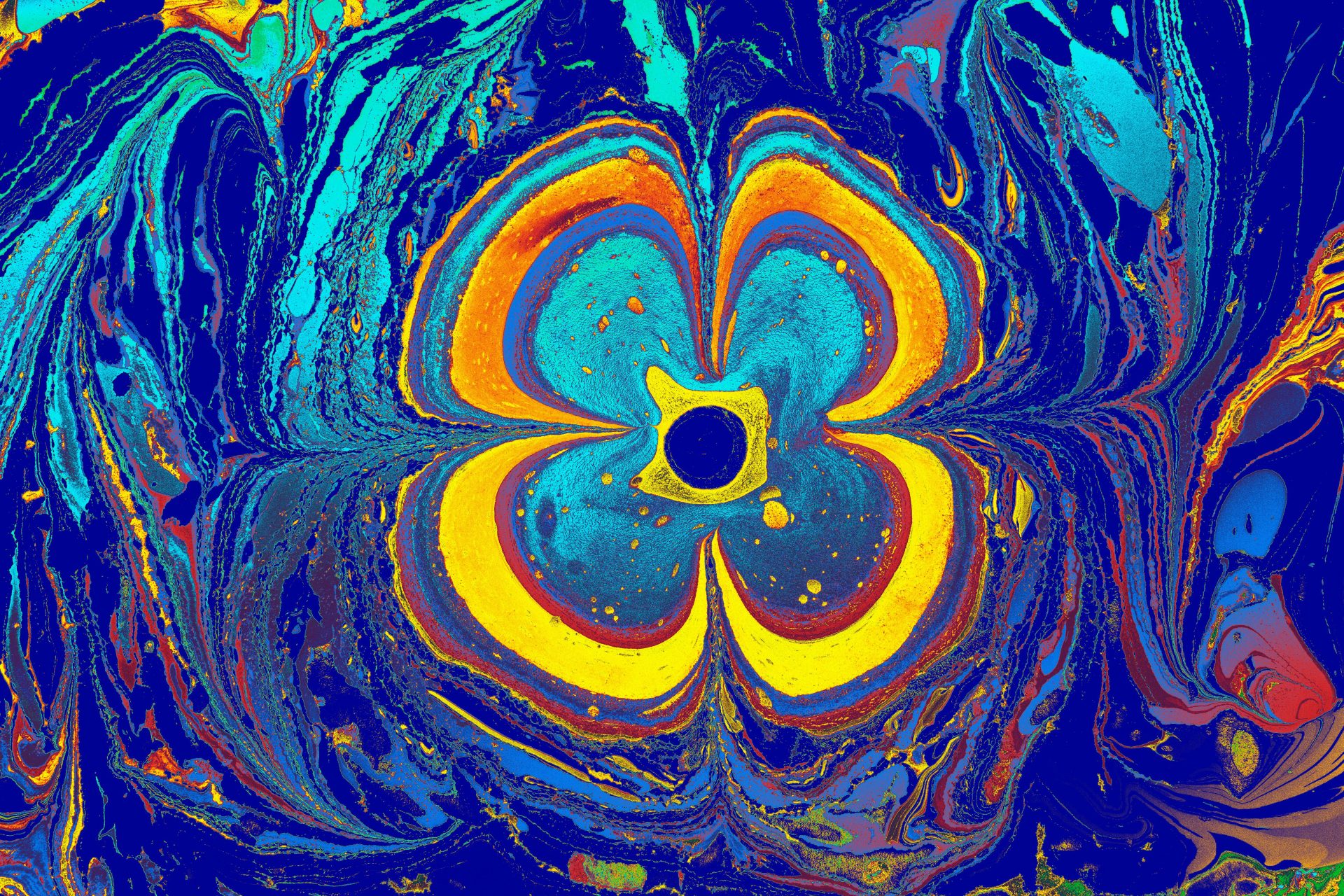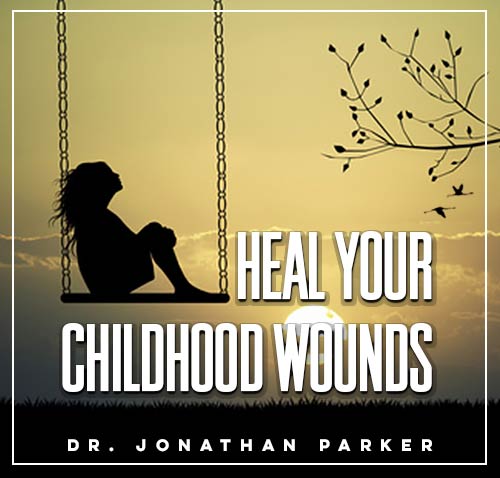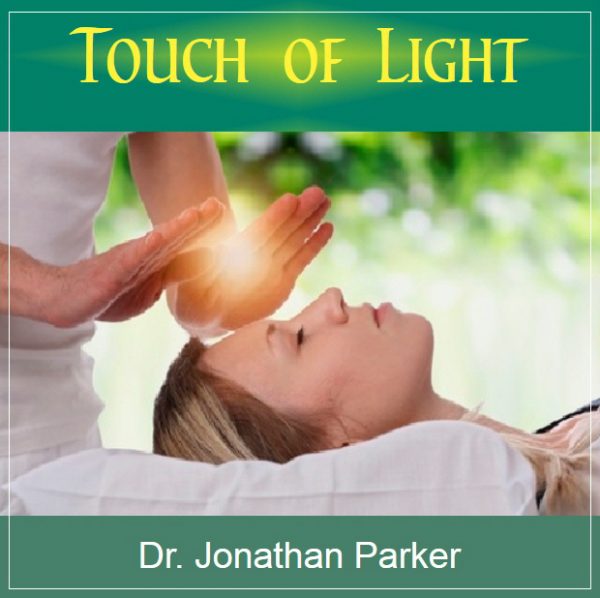Support for Childhood Abuse Healing

Hey there, amazing readers! 🖐️ Just a quick note: yes, we know there are a lot of ads here. Trust us, we get it—it’s not the prettiest look, but they help us keep this blog alive and kicking. Those pesky little ads cover the costs of all the behind-the-scenes magic, from hosting and tech stuff to creating content we hope you’ll love.
We’re committed to delivering quality posts, and your support (even just sticking around despite the ads) means everything to us. So, bear with us, and thanks for helping us keep the good vibes rolling. Now, on to the fun stuff! 😉
TRANSLATE BUTTON AT THE END OF THE ARTICLE
A Quick Overview
Childhood abuse is a devastating reality that many individuals face, leaving lasting emotional and psychological scars.
Healing from childhood abuse is a complex and challenging journey that requires support, understanding, and professional help.
In this article, we will explore the impact of childhood abuse, the importance of healing, therapy options available, support groups for healing, self-care practices, and healing through art therapy and cognitive behavioral therapy.
We will also discuss how to build a support system and provide steps to move forward on the path to healing.
Understanding Childhood Abuse
Childhood abuse encompasses a range of behaviors that harm a child’s physical, emotional, or psychological well-being.
It can take various forms, including physical, emotional, sexual, or neglect.
This abuse often occurs at the hands of caregivers, family members, or trusted individuals, leading to profound trauma that can affect individuals well into adulthood.
Understanding the dynamics of childhood abuse is crucial in addressing its long-term effects and beginning the healing process.
Impact of Childhood Abuse
The impact of childhood abuse can be profound and long-lasting, affecting various aspects of an individual’s life.
Survivors of childhood abuse may struggle with trust issues, low self-esteem, anxiety, depression, and difficulties in forming healthy relationships.
The trauma experienced in childhood can shape an individual’s worldview and impact their ability to cope with stress and adversity.
It is essential to recognize the far-reaching effects of childhood abuse in order to address them effectively and promote healing.
Importance of Healing
Healing from childhood abuse is essential for survivors to reclaim their sense of self-worth, rebuild trust in others, and lead fulfilling lives.
Without proper healing, the wounds of childhood abuse can continue to fester and affect all areas of an individual’s life.
By prioritizing healing, survivors can break free from the cycle of trauma and move towards a brighter, more hopeful future.
Seeking support and professional help is a crucial step in the healing process.
Types of Childhood Abuse
Childhood abuse can manifest in various forms, each with its own set of damaging effects.
Some common types of childhood abuse include:
Physical abuse: This involves the intentional infliction of physical harm, such as hitting, beating, or burning a child.
Emotional abuse: Emotional abuse includes behaviors such as belittling, shaming, and ignoring a child’s emotional needs.
Sexual abuse: Sexual abuse involves any form of unwanted sexual contact or behavior towards a child.
Neglect: Neglect occurs when a caregiver fails to provide for a child’s basic needs, such as food, shelter, or emotional support.
Each type of abuse can have lasting consequences on an individual’s mental and emotional well-being.
Seeking Professional Help
Seeking professional help is a crucial step in the healing journey for survivors of childhood abuse.
Therapists, counselors, and psychologists with experience in trauma and abuse can provide essential support and guidance to survivors.
These professionals can help survivors process their trauma, develop coping strategies, and work towards healing and recovery.
It is vital to find a therapist who understands the complexities of childhood abuse and can provide tailored support to meet the individual’s needs.
Therapy Options Available
Therapy is a valuable tool in the healing process for survivors of childhood abuse.
There are various therapy options available that can help survivors address their trauma and work towards healing.
Some common therapy approaches for childhood abuse survivors include:
Cognitive behavioral therapy (CBT): CBT helps individuals identify and change negative thought patterns and behaviors that contribute to their emotional distress.
Dialectical behavior therapy (DBT): DBT teaches individuals skills to manage emotions, improve relationships, and cope with stress.
Eye movement desensitization and reprocessing (EMDR): EMDR is a therapy that helps individuals process traumatic memories and reduce their emotional impact.
Therapy can provide a safe space for survivors to explore their trauma, develop coping strategies, and learn to heal from the wounds of childhood abuse.
Support Groups for Healing
Support groups can be a valuable resource for survivors of childhood abuse, offering a sense of community, understanding, and validation.
Joining a support group allows individuals to connect with others who have experienced similar trauma, share their stories, and gain support and encouragement on their healing journey.
Support groups can provide a safe space for survivors to express themselves, receive feedback, and learn from others’ experiences.
Building connections with fellow survivors can be empowering and healing.
Building a Support System
Building a strong support system is essential for survivors of childhood abuse as they work towards healing.
A support system may include friends, family members, therapists, support groups, or other survivors.
Having a network of people who can offer emotional support, encouragement, and understanding can make a significant difference in the healing process.
It is crucial for survivors to communicate their needs to their support system and lean on them during difficult times.
Strong connections with others can help survivors feel less alone and more supported as they navigate their healing journey.
Self-Care Practices
Self-care is a vital aspect of healing from childhood abuse, as it allows survivors to prioritize their well-being and nurture their emotional and mental health.
Engaging in self-care practices such as mindfulness, exercise, healthy eating, journaling, and creative activities can help survivors manage stress, regulate emotions, and promote relaxation.
Taking time for self-care allows survivors to recharge and refuel, making them better equipped to cope with the challenges of healing.
It is essential for survivors to listen to their needs and practice self-compassion as they work towards healing.
Healing Through Art Therapy
Art therapy is a creative and expressive form of therapy that can be particularly beneficial for survivors of childhood abuse.
Through art-making, individuals can explore their emotions, memories, and trauma in a non-verbal and symbolic way.
Art therapy helps survivors process their experiences, express themselves authentically, and tap into their inner strengths and resources.
Creating art can be a cathartic and empowering experience that allows survivors to release pent-up emotions and work through their trauma in a safe and supportive environment.
Healing Through Cognitive Behavioral Therapy
Cognitive behavioral therapy (CBT) is a widely used therapeutic approach that can be effective in helping survivors of childhood abuse heal and recover.
CBT focuses on identifying and changing negative thought patterns and behaviors that contribute to emotional distress and maladaptive coping strategies.
By working with a CBT therapist, survivors can learn to challenge distorted beliefs, develop healthier coping mechanisms, and build resilience in the face of trauma.
CBT equips survivors with practical skills and strategies to manage their emotions, navigate triggers, and create positive change in their lives.
Moving Forward: Steps to Healing
As survivors of childhood abuse work towards healing, it is essential to take small, manageable steps that promote progress and growth.
Some key steps to healing from childhood abuse include:
Acknowledge the trauma and its impact on your life.
Seek professional help from therapists or counselors experienced in trauma.
Engage in therapy to process your trauma and develop coping strategies.
Join support groups to connect with others who have experienced similar trauma.
Practice self-care regularly to nurture your emotional and mental well-being.
Explore healing modalities such as art therapy or cognitive behavioral therapy.
By taking proactive steps towards healing, survivors of childhood abuse can reclaim their power, build resilience, and create a brighter future for themselves.
Healing is a journey that requires patience, compassion, and dedication, but with the right support and resources, survivors can overcome the wounds of their past and thrive in the present.
Remember, healing is possible, and you deserve to live a life free from the shadows of childhood abuse.
Conclusion
Healing from childhood abuse is a challenging but essential journey for survivors seeking to reclaim their sense of self-worth and well-being.
By understanding the impact of childhood abuse, seeking professional help, joining support groups, and engaging in therapy and self-care practices, survivors can begin the process of healing and recovery.
Building a strong support system, exploring creative healing modalities like art therapy, and taking small steps towards growth and healing can empower survivors to move forward on their path to healing.
Remember, you are not alone, and healing is possible with the right guidance, support, and dedication.

The Enlightenment Journey is a remarkable collection of writings authored by a distinguished group of experts in the fields of spirituality, new age, and esoteric knowledge.
This anthology features a diverse assembly of well-experienced authors who bring their profound insights and credible perspectives to the forefront.
Each contributor possesses a wealth of knowledge and wisdom, making them authorities in their respective domains.
Together, they offer readers a transformative journey into the realms of spiritual growth, self-discovery, and esoteric enlightenment.
The Enlightenment Journey is a testament to the collective expertise of these luminaries, providing readers with a rich tapestry of ideas and information to illuminate their spiritual path.
Our Diverse Expertise 🌟
While our primary focus is on spirituality and esotericism, we are equally passionate about exploring a wide range of other topics and niches 🌍📚. Our experienced team is dedicated to delivering high-quality, informative content across various subjects ✨.
To ensure we provide the most accurate and valuable insights, we collaborate with trusted experts in their respective domains 🧑🏫👩🏫. This allows us to offer well-rounded perspectives and knowledge to our readers.
Our blog originally focused on spirituality and metaphysics, but we’ve since expanded to cover a wide range of niches. Don’t worry—we continue to publish a lot of articles on spirituality! Frequently visit our blog to explore our diverse content and stay tuned for more insightful reads.






















